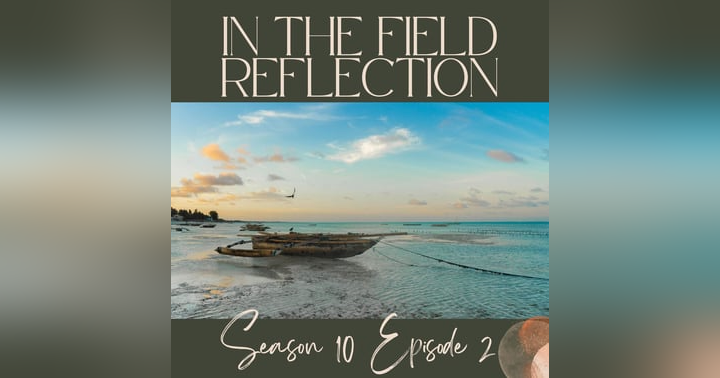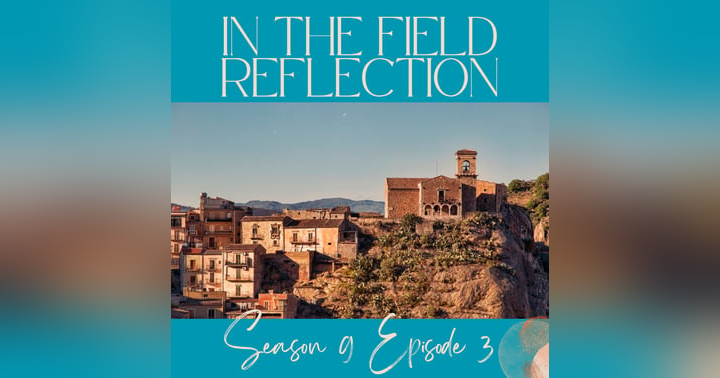The Lamentations of Jeremiah, particularly Chapter 5, pull us into a poignant moment of deep sorrow and longing for restoration. As we explore these poetic verses, we encounter not only the emotional weight of loss but also the profound hope that comes from acknowledging our state before God. The details presented in this chapter evoke imagery that is haunting yet relatable, illustrating the devastating consequences of turning away from divine counsel. The prophet Jeremiah, known for his tender heart and vulnerable words, embodies the suffering of his people as he walks through the ruins of Jerusalem, witnessing not just physical destruction, but spiritual desolation. Each detail—from shattered temples to empty streets—draws us farther into the emotional landscape of God's people, who now find themselves sunk in despair.
Jeremiah's weeping represents not only his personal grief but also the cry of a nation longing for mercy. Their sins have accumulated to such an extent that self-inflicted wounds resonated in the entire community. The lamentations serve as a penance, recognizing their departure from a covenant with God. In this moment of communal despair, the messages of accountability, reflection, and humility surface, offering rich ground for understanding our relationship with God. It poses thoughtful questions about our own faith journeys: Where have we strayed? How do we genuinely seek restoration?
At the heart of this lamentation is a passionate prayer filled with hope despite the hopelessness. Jeremiah calls for remembrance from God, signaling that although the people wander far from Him, their cries still matter. By expressing their sorrow openly, a powerful plea emerges, demonstrating that vulnerability before God is not a weakness but rather a pathway to healing. This chapter underscores the significance of repentance and the desire to seek divine favor again, epitomizing an essential truth of our faith—mercy is always within reach, waiting for us to seek it.
As listeners dive into this chapter, we acknowledge the scenes of brokenness that paint a vivid picture of both physical and emotional hardships. The imagery used by Jeremiah—empty marketplaces, people sifting through rubble, children with sunken cheeks—harkens back to times of trial. Relating their suffering to our contemporary context allows us to reflect on our own emotional and spiritual battles. Many may not experience exile in a physical sense, but the longings for spiritual connection, community, and purpose remain universal themes across time and culture.
As we traverse this narrative of lament, it's crucial to remind ourselves that every cry for help carries an implicit message of hope. The restoration that Jeremiah's people yearn for is grounded not only in their recognition of shortcomings but also in understanding that God remains constant and willing to embrace them upon their return. Each heartache, every moment lost, can become a seed for growth if we allow God's love to meet us amidst our brokenness.
Lamentations 5 invites us all to reflect on our lives—where are the areas needing renewal? Whether in our relationships, sense of purpose, or spirituality, this chapter reminds us that it is possible to rebuild from the ashes. The cycle of acknowledging our sins, seeking God's grace, and embracing restoration punctuates our spiritual journey. As we contemplate the lessons from Jeremiah's mournful verses, may we take a step toward renewal, knowing God's love abounds, even in times of sorrow.














